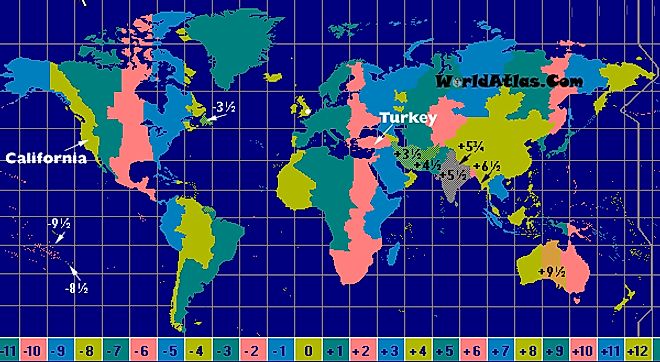
ĭaylight saving time was observed from 1945 to 1948, and from 1986 to 1991. Between 19, the time zone was switched repeatedly between Xinjiang Time ( UTC+06:00) and Beijing Time. Time zone changes in Tibet are undocumented, but Beijing Time was in use until at least the mid-1950s. There are two independent sources that claim the Communist Party of China, and/or the People's Republic of China, were using apparent solar time for Beijing Time before the period between 27 September 1949 and 6 October 1949, and they adopted the time of UTC+08:00 within that period of time, but the claim is dubious. However, as the Chinese Civil War came to its end in 1949–1950, regional governments under the influence of the Communist Party of China, other than those in Xinjiang and Tibet, switched to use the same time as Beijing, which is UTC+08:00, and is later known as Beijing Time or China Standard Time. A further refined system with adjustment to zone assignment in the Northwest part of Gansu was announced in 1947 for adoption in 1948. įollowing the end of World War II, the five time zone system was resumed, although there is little information about the historical usage of time in the Kunlun and Changpai zones. On 9 March 1939, when the Ministry of the Interior organized a Standard Time Conference in Chongqing, it was decided to adopt the five time zone proposal with slight modification of their borders starting from 1 June, however it was also decided that the entire country would use the Kansu-Szechwan Time ( UTC+07:00) during the Second Sino-Japanese War which began at the time. In the 1930s, the proposed five time zones had not been fully observed, causing regions in inner China area to adopt their own time standards, resulting in chaos. Īfter the defeat of Beiyang government in 1928, the mission of the Central Observatory was moved to Nanjing, and the reference time standard used for the construction of traditional Chinese Calendar was shifted from Beijing Mean Solar Time to UTC+08:00. By 1918, five standard time zones had been proposed by the Central Observatory of Beiyang government of Republic of China, including the Kunlun ( UTC+05:30), Sinkiang-Tibet ( UTC+06:00), Kansu-Szechwan ( UTC+07:00), Chungyuan ( UTC+08:00), and Changpai ( UTC+08:30). Starting in 1914, the Republic of China government began adopting the Beijing Local Mean Solar Time as the official time standard.

Until 1913, the official time standard for the whole of China was still the apparent solar time of Beijing, the capital of the country at the time. However, the time zone for the rest of China remained undetermined. The practice has spread to other coastal ports, and in 1902 the "Coastal Time" was proposed to be the universal time zone for all the coastal ports in China. By the end of 19th century, the time standard provided by the observatory had been switched to GMT+08:00. In 1880s officials in Shanghai French Concession started to provide a time announcement service using the Shanghai Mean Solar Time provided by the aforementioned observatory for ships into and out of Shanghai. In the 1870s, the Shanghai Xujiahui Observatory was constructed by a French Catholic missionary. The time zones established by the Standard Time Act, as amended by the Uniform Time Act, are Atlantic, eastern, central, mountain, Pacific, Alaska, Hawaii–Aleutian, Samoa, and Chamorro.Main article: Historical time zones of China §§ 260-64) establishes a system of uniform Daylight Saving Time throughout the Nation and its possessions, and provides that either Congress or the Secretary of Transportation can change a time-zone boundary. Today, the Uniform Time Act of 1966 (15 U.S.C.


This responsibility was transferred from the Interstate Commerce Commission to DOT when Congress created DOT in 1966. Local decisions on which time zone to adopt were usually influenced by the time used by the railroads.įederal oversight of time zones began in 1918 with the enactment of the Standard Time Act, which vested the Interstate Commerce Commission with the responsibility for establishing boundaries between the standard time zones in the continental United States. States and municipalities then adopted one of the four zones, which were the eastern, central, mountain, and Pacific Time zones.

and Canadian railroads adopted a four-zone system to govern their operations and reduce the confusion resulting from some 100 conflicting locally established “sun times” observed in terminals across the country. The oversight of time zones was assigned to DOT because time standards are important for many modes of transportation. Department of Transportation (DOT) oversees the Nation's time zones and the uniform observance of Daylight Saving Time.


 0 kommentar(er)
0 kommentar(er)
